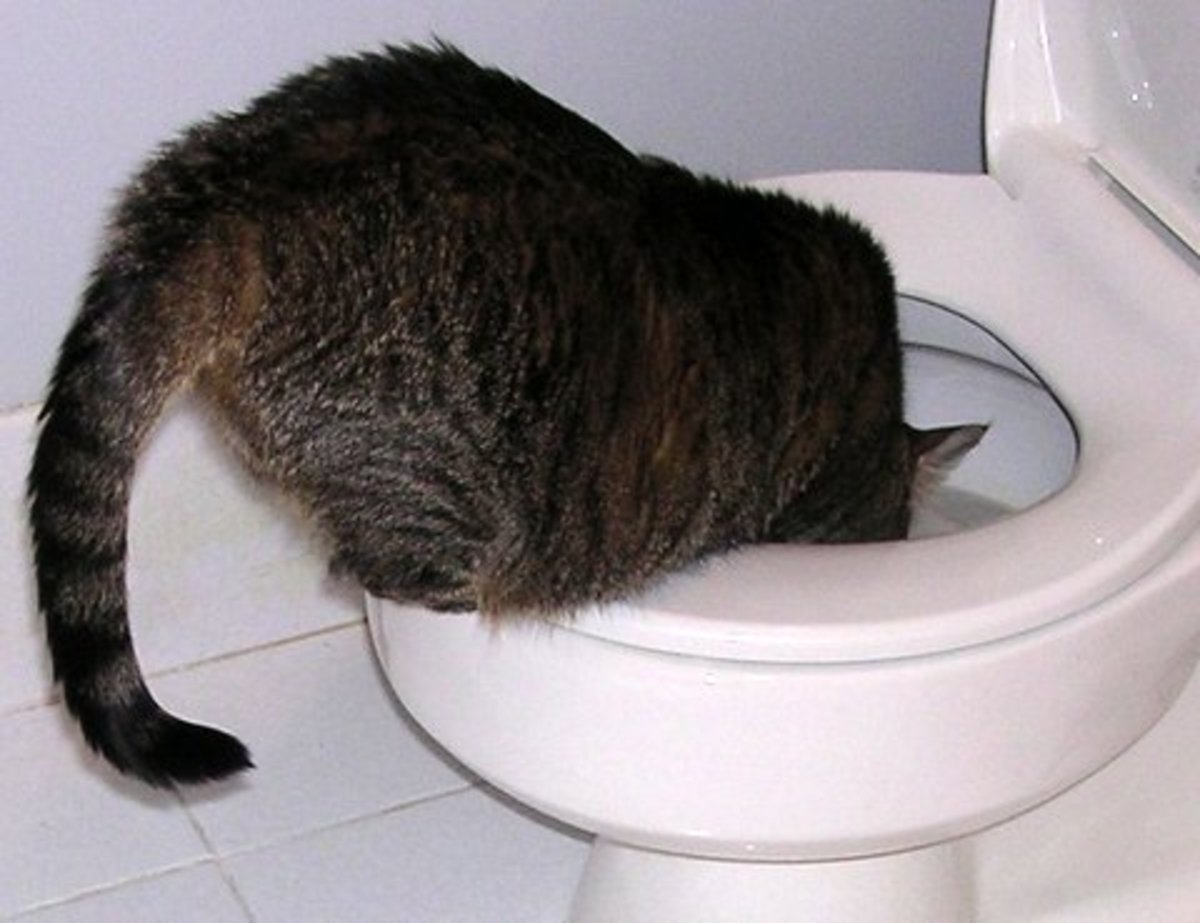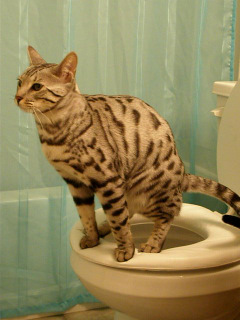The Dangers of Flushing Cat Poop Down Your Toilet - Advice for Safer Disposal
Click HereThis post in the next paragraphs on the subject of Can You Flush Cat Poo or Litter Down the Toilet? is pretty much compelling. Read on and draw your own personal ideas.

Intro
As pet cat owners, it's essential to bear in mind how we take care of our feline close friends' waste. While it might seem practical to flush feline poop down the commode, this practice can have detrimental repercussions for both the setting and human wellness.
Alternatives to Flushing
The good news is, there are more secure and more accountable methods to get rid of pet cat poop. Consider the adhering to options:
1. Scoop and Dispose in Trash
The most typical approach of throwing away pet cat poop is to scoop it right into a naturally degradable bag and toss it in the garbage. Make certain to use a devoted trash inside story and get rid of the waste immediately.
2. Use Biodegradable Litter
Choose eco-friendly feline trash made from materials such as corn or wheat. These litters are environmentally friendly and can be safely thrown away in the garbage.
3. Bury in the Yard
If you have a backyard, think about burying cat waste in a marked area away from veggie gardens and water sources. Make sure to dig deep sufficient to avoid contamination of groundwater.
4. Mount a Pet Waste Disposal System
Buy a pet dog waste disposal system particularly created for feline waste. These systems make use of enzymes to break down the waste, minimizing smell and ecological influence.
Wellness Risks
In addition to environmental problems, flushing feline waste can additionally position wellness risks to human beings. Cat feces might consist of Toxoplasma gondii, a bloodsucker that can create toxoplasmosis-- a potentially extreme illness, especially for pregnant women and people with weakened immune systems.
Environmental Impact
Flushing feline poop introduces damaging pathogens and bloodsuckers into the water system, presenting a considerable threat to water ecological communities. These pollutants can negatively influence marine life and compromise water quality.
Conclusion
Accountable pet possession extends beyond giving food and shelter-- it also includes proper waste monitoring. By avoiding flushing pet cat poop down the toilet and selecting alternate disposal methods, we can lessen our ecological footprint and secure human health.
Why Can’t I Flush Cat Poop?
It Spreads a Parasite
Cats are frequently infected with a parasite called toxoplasma gondii. The parasite causes an infection called toxoplasmosis. It is usually harmless to cats. The parasite only uses cat poop as a host for its eggs. Otherwise, the cat’s immune system usually keeps the infection at low enough levels to maintain its own health. But it does not stop the develop of eggs. These eggs are tiny and surprisingly tough. They may survive for a year before they begin to grow. But that’s the problem.
Our wastewater system is not designed to deal with toxoplasmosis eggs. Instead, most eggs will flush from your toilet into sewers and wastewater management plants. After the sewage is treated for many other harmful things in it, it is typically released into local rivers, lakes, or oceans. Here, the toxoplasmosis eggs can find new hosts, including starfish, crabs, otters, and many other wildlife. For many, this is a significant risk to their health. Toxoplasmosis can also end up infecting water sources that are important for agriculture, which means our deer, pigs, and sheep can get infected too.
Is There Risk to Humans?
There can be a risk to human life from flushing cat poop down the toilet. If you do so, the parasites from your cat’s poop can end up in shellfish, game animals, or livestock. If this meat is then served raw or undercooked, the people who eat it can get sick.
In fact, according to the CDC, 40 million people in the United States are infected with toxoplasma gondii. They get it from exposure to infected seafood, or from some kind of cat poop contamination, like drinking from a stream that is contaminated or touching anything that has come into contact with cat poop. That includes just cleaning a cat litter box.
Most people who get infected with these parasites will not develop any symptoms. However, for pregnant women or for those with compromised immune systems, the parasite can cause severe health problems.
How to Handle Cat Poop
The best way to handle cat poop is actually to clean the box more often. The eggs that the parasite sheds will not become active until one to five days after the cat poops. That means that if you clean daily, you’re much less likely to come into direct contact with infectious eggs.
That said, always dispose of cat poop in the garbage and not down the toilet. Wash your hands before and after you clean the litter box, and bring the bag of poop right outside to your garbage bins.
https://trenchlesssolutionsusa.com/why-cant-i-flush-cat-poop/

As an avid person who reads about Don’t flush cat feces down the toilet, I was thinking sharing that article was smart. Sharing is caring. Helping others is fun. I praise you for your time. Visit again soon.
About This